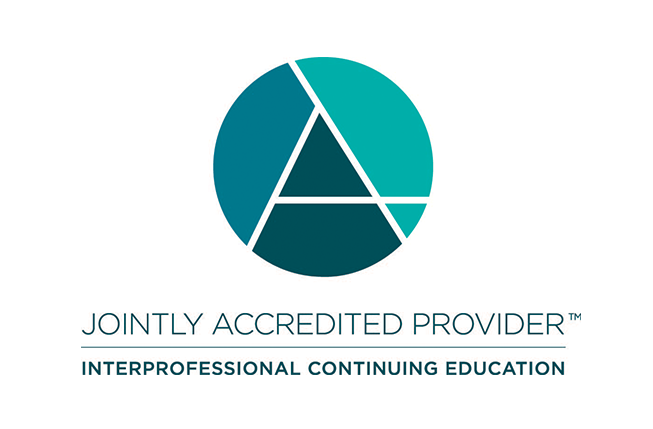CME Information
Accreditation Statement

In support of improving patient care, this activity has been planned and implemented by Amedco LLC and Columbia University. Amedco LLC is jointly accredited by the Accreditation Council for Continuing Medical Education (ACCME), the Accreditation Council for Pharmacy Education (ACPE), and the American Nurses Credentialing Center (ANCC), to provide continuing education for the healthcare team.
Credit Designation Statement
Physicians (ACCME) Credit Designation
Amedco LLC designates this live activity for a maximum of 6.75 AMA PRA Category 1 Credits™. Physicians should claim only the credit commensurate with the extent of their participation in the activity.
Physician Assistant
PAs may claim a maximum of 6.75 Category 1 credits for completing this activity. NCCPA accepts AMA PRA Category 1 Credit™ from organizations accredited by ACCME or a recognized state medical society.
Nurses (ANCC) Credit Designation
Amedco LLC designates this activity for a maximum of 6.75 ANCC contact hours.
Nurse Practitioners
The American Association of Nurse Practitioners (AANP) recognizes the Accreditation Council for Continuing Medical Education (ACCME) and the American Nurses Credentialing Center (ANCC) as approved accreditors and allow reciprocity for AANPCP continuing education credit. Maximum of 6.75 hours.
American Board of Internal Medicine (ABIM) MOC Credit
Successful completion of this CME activity, which includes participation in the evaluation component, enables the participant to earn up to 6.75 Medical Knowledge MOC points in the American Board of Internal Medicine's (ABIM) Maintenance of Certification (MOC) program. It is the CME activity provider's responsibility to submit participant completion information to ACCME for the purpose of granting ABIM MOC credit. You must request your certificate within 30 days of the activity to meet the deadline for submission to PARS.
Conference Learning Objectives
Conference Learning Objectives:
• Identifying non-urea solutes that can be measured and accounted for kinetic clearance assessment in end-stage
kidney disease (ESKD) patients.
• Apply current understanding of molecular biology of arteriovenous fistula maturation in hemodialysis patients.
• Illustrate the practical utilization of prediction equations in chronic kidney disease (CKD) patients.
• Review the usage of peritoneal dialysis (PD).
• Assessment of the utility of wearable sensors in CKD and ESKD patients.